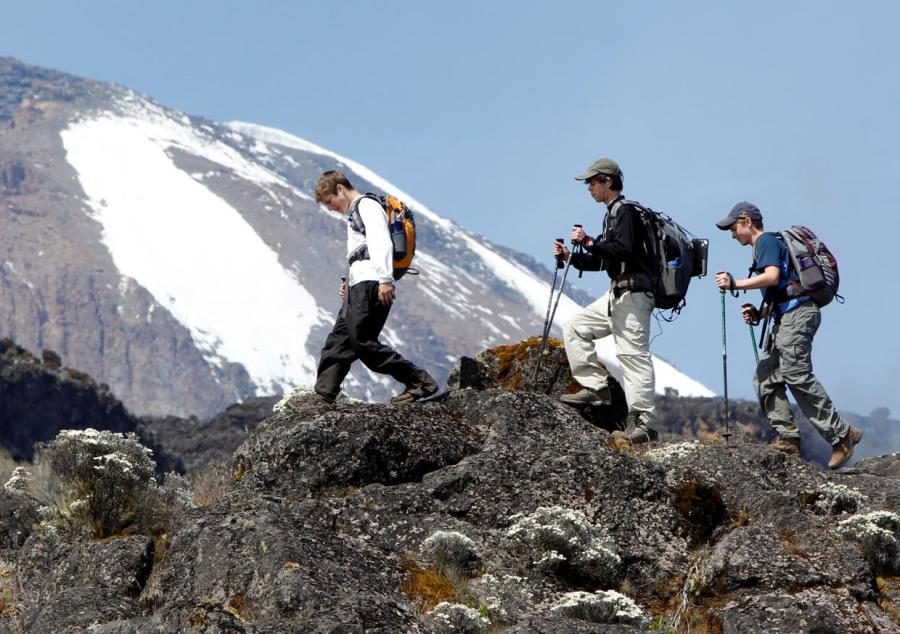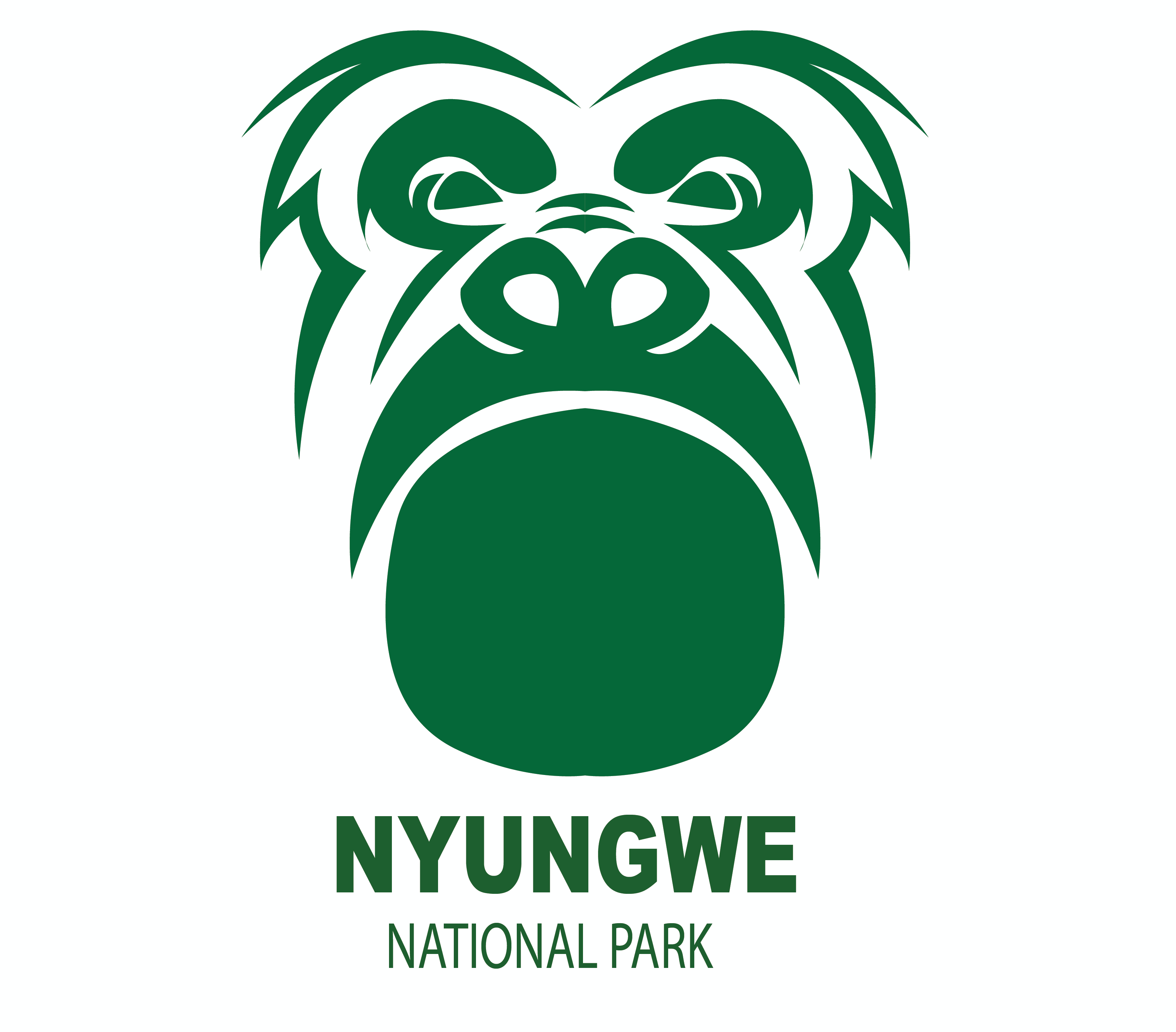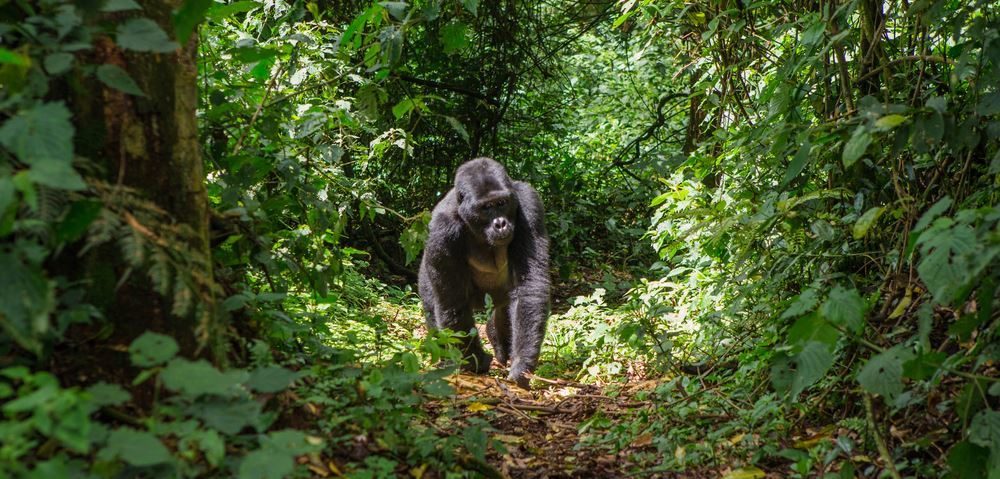
ACTIVITIES IN MGAHINGA NATIONAL PARK
Gorilla Tracking in Mgahinga Gorilla National Park
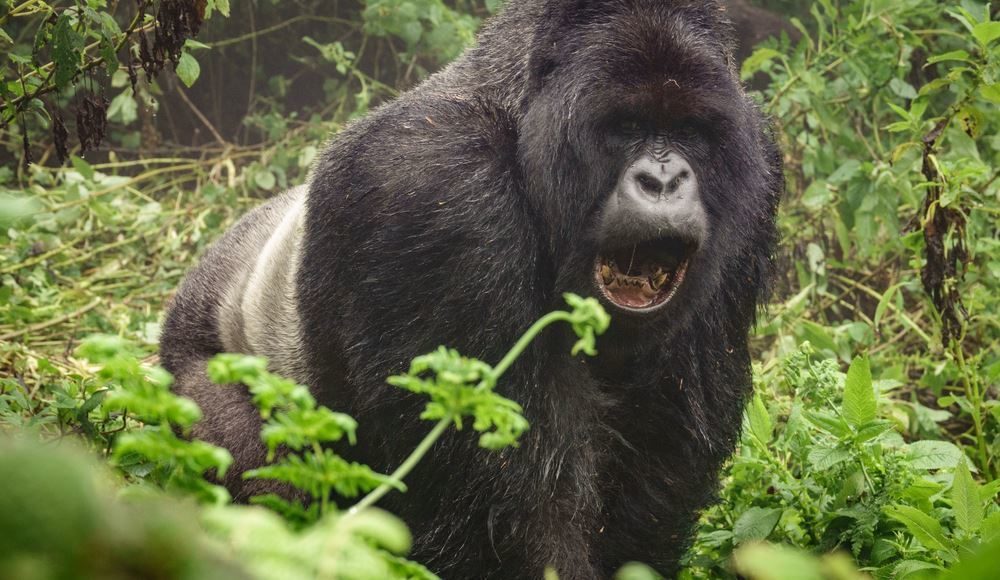
Mgahinga Gorilla National Park is located in the southwestern Uganda on the border with Congo and Rwanda. Covering an area of about 33.7 sq kilometers, the park is a habitat for man's closest, the mountain gorillas which roam about the whole forest in search for food. This park is one of the few places in the world where the endangered mountain gorillas live and it attracts people from different countries to come on Uganda Gorilla Safari. There is no doubt that Mgahinga Gorilla national park is one of the leading tourism sites in Uganda since it harbors these rare primates.
One may wonder why gorilla Safari should be done in Mgahinga and not other places but the secret behind it is that this park has a thick rain forest with a wide variety of tree species and gorillas are known to be vegetarians. There is enough food for them in the park and this is the reason why some even migrate from Congo and Rwanda to this place. Though not in large numbers, gorillas of Mgahinga are easily seen in their natural habitats and this makes tracking more easy compared to other parks.
Mountain/Volcano Climbing in Mgahinga Gorilla
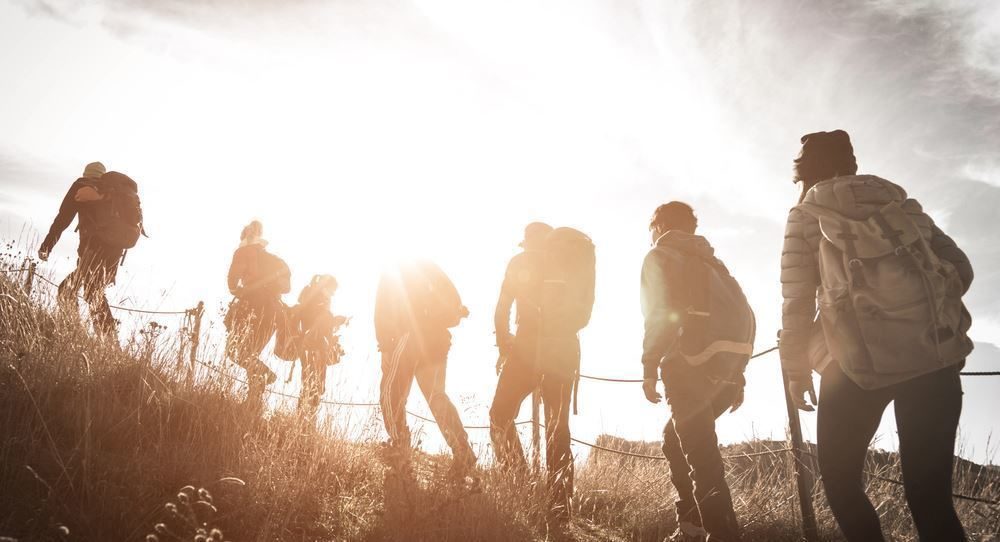
All three volcanoes in this park can be summited, taking a full day each. Views from the peaks are well worth the effort - taking in Rwanda, DR Congo, the Virungas, the Rwenzoris, Bwindi Impenetrable Forest and Lake Edward.
All three volcanoes in this park can be summited. Mt. Sabinyo, at 3,669m, takes about eight hours to cover the 14km round trip, following a steep ridge up to the peak.
It takes around six hours to ascend and descend Mt. Gahinga (3,474m), topped by a swamp-filled crater and giant lobelia. Lucky climbers may spot golden monkeys on their way through the bamboo forest.
Mt. Muhavura is the highest peak at 4,127m, and this 12km round trip takes around eight hours. Once at the top, hikers are rewarded on a clear day with views of the Virunga Volcanoes, Lake Edward, Bwindi Impenetrable Forest and the peaks of the Rwenzoris.
Cultural Encounters in Mgahinga Gorilla
The Batwa Trail
For generations, Mgahinga’s dense forests were home to the indigenous Batwa - hunter-gatherers and fierce warriors who depended on the forest for shelter, food and medicine. Now they lead visitors through the forests and introduce them to their old home - and the techniques they used to survive in it.
When the national park was established the Batwa were evicted from the forest and abandoned their low-impact, nomadic lifestyle. The only time they are permitted to re-enter their cherished forest is as tour guides on the Batwa Trail, on which visitors will discover the magic of the Batwa’s ancient home while enjoying nature walks and learning about the cultural heritage.
The Batwa demonstrate hunting techniques, gather honey, point out medicinal plants and demonstrate how to make bamboo cups. Guests are invited to the sacred Garama Cave, once a refuge for the Batwa, where the women of the community perform a sorrowful song which echoes eerily around the depths of the dark cave, and leaves guests with a moving sense of the richness of this fading culture.
Part of the tour fee goes directly to the guides and musicians and the rest goes to the Batwa community fund to cover school fees and books, and improve their livelihoods.
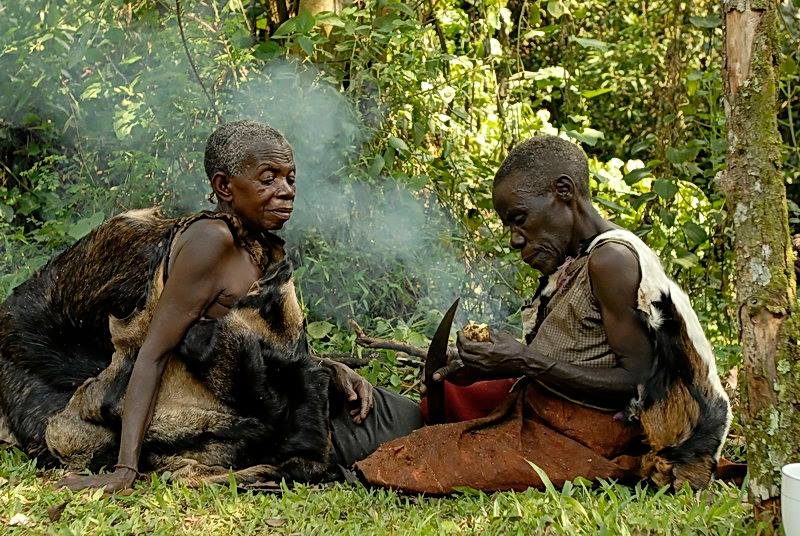
Birding in Mgahinga Gorilla
The best birding in Mgahinga also takes in some of its most beautiful scenery - in the gorge between Mts Gahinga and Sabinyo, through the bamboo forest, and in the montane forest, where the beautiful Rwenzori Turaco may be observed.
The three to four hour Gorge Trail between Gahinga and Sabinyo can provide a spectacular sightings of the Dusky turtle Dove, Cape Robin-chat, Kivu-ground Thrush, Olive Thrush, Brown-crowned Tchagra, Bronze Sunbird, Regal Sunbird, Blue-headed Sunbird, Rwenzori Batis, Black-headed Waxbill and Streaky Seedeater.
Other good birding areas are at the bamboo belt at about 2,500m above sea level, and the tall montane forest at 2,660m. The Rwenzori Turaco is mostly sighted at around 2,700m. Along the Uganda-Congo border and on level ground, the Chubb's Cisticola, Red-faced Woodland Warbler, Banded Prinia and Doherty's Bush-shrike are vocal yet inconspicuous inhabitants of the tangled vegetation at the forest’s edge.
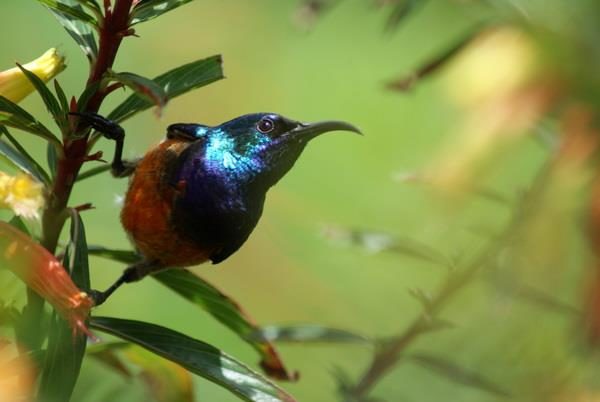
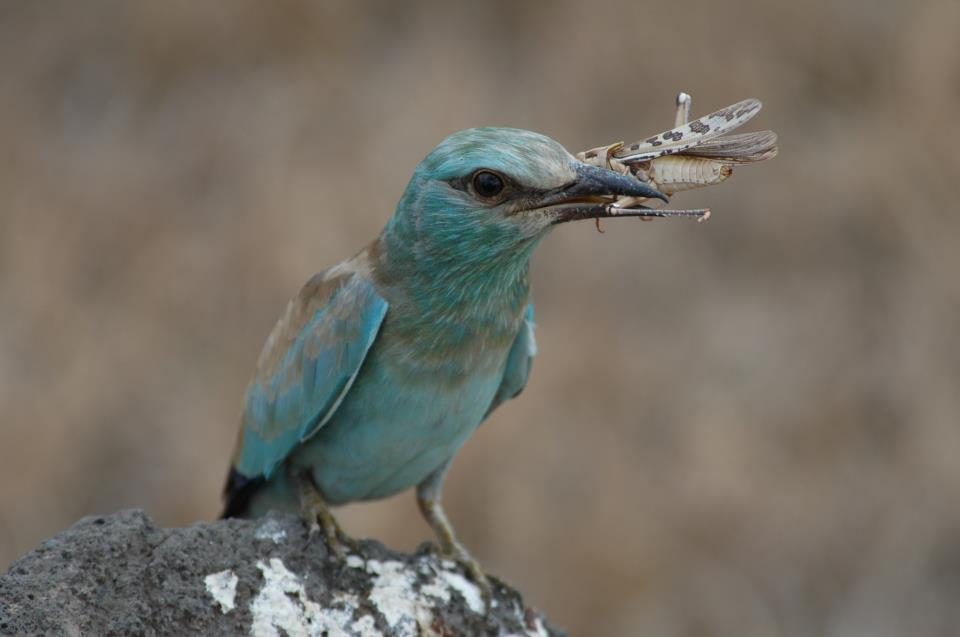
Hiking and Nature Walks in Mgahinga Gorilla
Hiking around the foothills of the Virunga Volcanoes gives visitors the chance to spot forest birds, the Rugezi Swamp, wild vegetation, bamboo forests and glorious views of the surrounding lakes and agricultural villages.
A hike through the forest to the deep Sabinyo Gorge – a massive gash in the flank of Mount Sabinyo – provides good birding opportunities and the chance to find the Rwenzori Turaco. This walk takes four hours, and passes through the Rugezi Swamp which is fantastic for bird watchers.
The walk to the Congo border transcends different vegetation zones. Hikers can sight the calderas on top of the Gisozi hill, look out for Kisoro and Bunagana towns and be captivated by Lake Mutanda.
The golden monkey track is a gentle steep but an interesting two-hour trek through former farmland to the bamboo forest. On a clear day, you may view the Virunga Volcano range and come across buffalo and duiker.
